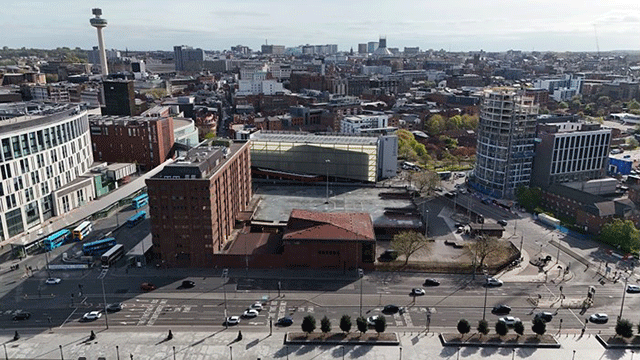Five local residents in Stanmore have gone to the High Court in a bid to block a residential development at Stanmore Park, Uxbridge Road, Stanmore.
The objectors are seeking to overturn the decision of Harrow London Borough Council in September 2000 to grant planning permission for Laing Homes to build 411 dwellings at the former Stanmore RAF station, part of which is within the Old Church Lane conservation area.
The scheme will consist of two and four-storey houses and flats, including affordable housing, together with community facilities, access, parking and public open spaces.
Residents living near the 14ha site claim that the development will adversely affect the conservation area and the value of their properties, as well as creating unacceptable traffic levels.
Eian Caws, counsel for the residents, argued in court that Harrow had acted irrationally in concluding that increased traffic congestion was not a reason to refuse planning permission. That conclusion was, he said, based on a misunderstanding of government policy.
He said it was clear from a report commissioned by the council that the traffic generated by a development on that scale would have serious adverse consequences for people who lived in the area and used Stanmore town centre, including those living in residential roads through which traffic was expected to divert.
Mr Caws also attacked the procedures adopted by the council in coming to their decision. He said that Councillor Huw Davies, a member of the planning committee, had stated at a meeting on 6 September that the Labour Group, who were the majority political group on the planning committee, had already discussed the planning application before the meeting and decided to approve it.
This meant, he said, that the council had not fairly or impartially considered the merits of the proposed development or its impact upon the borough and its residents. He also contended that the effective pre-determination of the application was incompatible with the residents’ rights under the European Convention on Human Rights.
Another ground of challenge was Harrow’s decision not to require an environmental impact assessment for the development. Mr Caws said that by the time the council had reached their decision that an assessment was not necessary, new factors had emerged that they had not identified at the time of their decision. These factors included further information on the likely traffic generation and its effect on the town centre and the residential roads likely to be used for diversions.
Mr Caws said that if the council had directed themselves properly to the questions raised, they would have been bound to conclude that Laing’s scheme was likely to have significant effects on the environment by virtue of its nature, size and location.
The hearing continues.
R v Harrow London Borough Council, ex parte Fernback Queens Bench Division: Administrative Court (Richards J) 26 March 2001
Eian Caws (instructed by Mishcon de Reya) appeared for the applicant; David Mole QC, Paul Brown and Paul Greatorex (instructed by the solicitor to Harrow London Borough Council) appeared for the first respondents; Matthew Horton QC and Reuben Taylor (instructed by Turbervilles, of Uxbridge) appeared for Laing Homes Ltd, an interested third party.
PLS News 27/3/01










